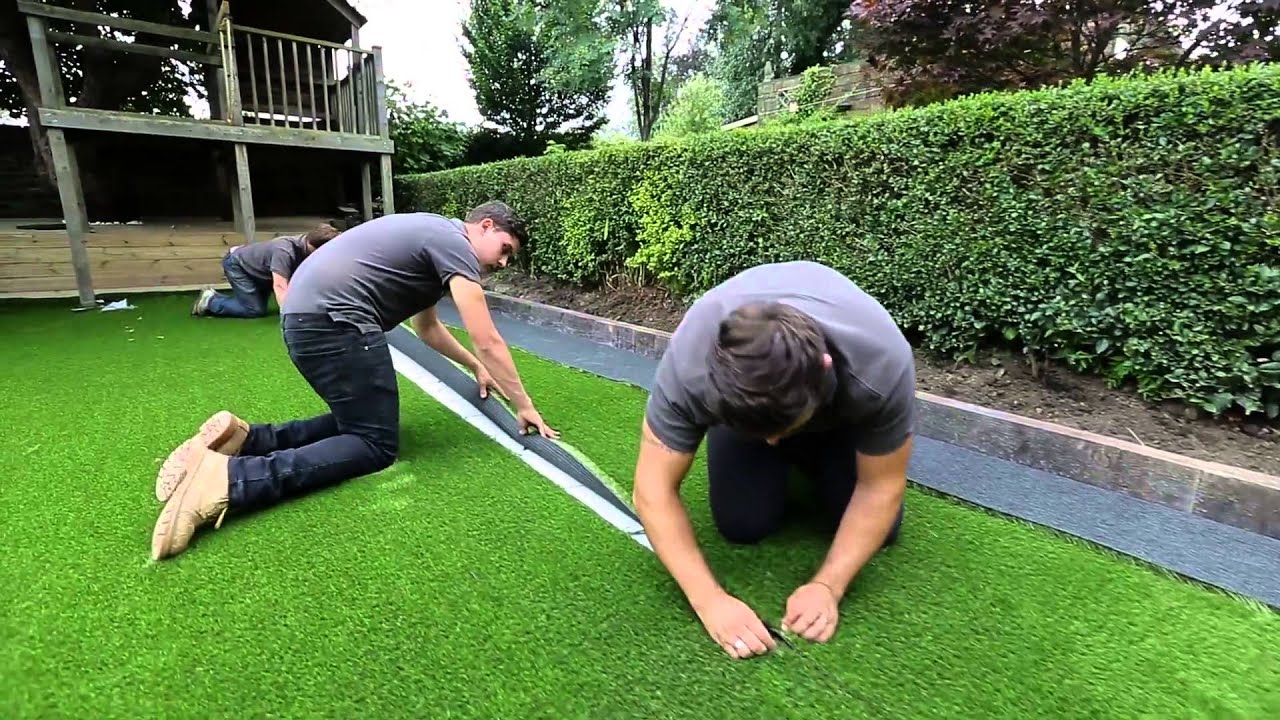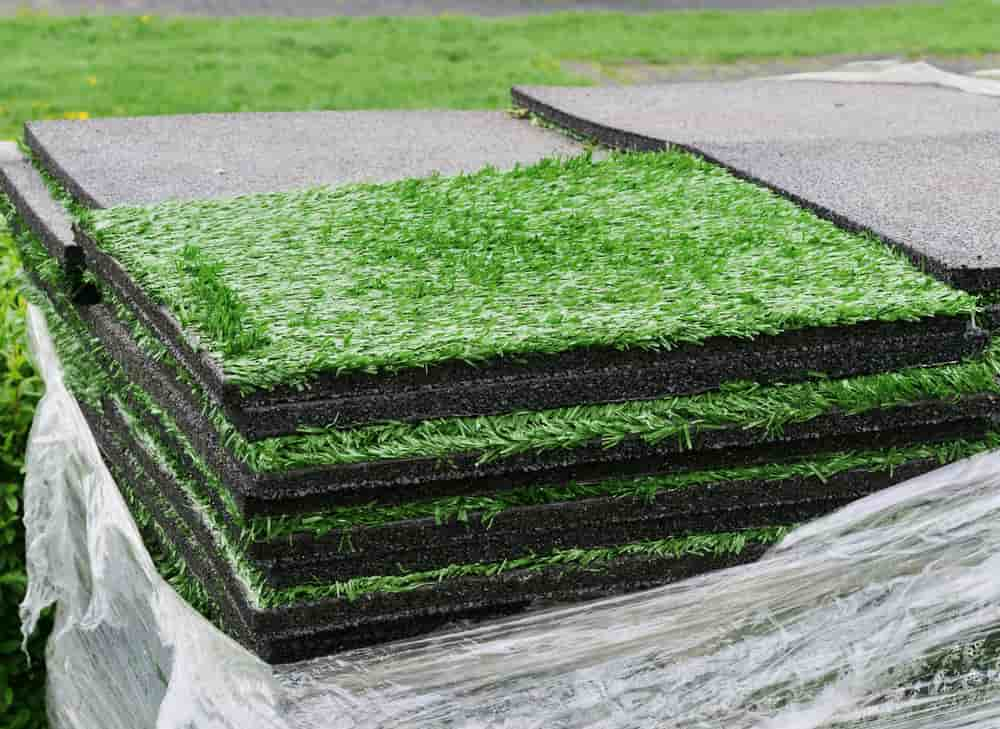Premium Arizona Turf Installation Services for Homes and Businesses
Delve Into the Environmental Advantages of Opting for Artificial Grass Solutions
The adoption of synthetic lawn options provides an engaging chance to address pressing environmental difficulties. By dramatically decreasing water usage and minimizing the application of hazardous chemicals, these options not only promote lasting landscaping yet additionally shield local environments. The reduced carbon footprint linked with decreased upkeep activities contributes to an extra sustainable strategy to land administration. The implications of these benefits prolong past mere conservation initiatives, raising concerns concerning their long-lasting influence on environment conservation and total environmental equilibrium. Exploring these dimensions exposes an intricate interaction worth thinking about.
Water Preservation Perks
Among the most considerable benefits of man-made turf is its capability to conserve water. Conventional lawn yards call for considerable irrigation, specifically in areas susceptible to dry spell or water limitations. In comparison, synthetic grass does not need watering, substantially reducing the general demand for water resources. This attribute is specifically beneficial in deserts where water shortage is a pressing concern.
By removing the demand for regular watering, synthetic grass adds to lasting landscape techniques and aids reduce the ecological influence of excessive water consumption. The preservation of water extends to the decrease of drainage, which can lead to soil disintegration and waterway contamination.
Additionally, the installation of synthetic grass allows property owners and districts to allocate water sources much more successfully, concentrating on essential uses such as alcohol consumption water and agriculture. The shift towards synthetic grass not just promotes liable water usage however also lines up with broader ecological objectives focused on maintaining natural sources.
As neighborhoods significantly prioritize sustainability, the water conservation benefits of man-made lawn offer an engaging instance for its adoption in industrial and household landscape design tasks.
Reduced Chemical Usage
The shift to synthetic grass dramatically lowers the reliance on chemical treatments frequently used in natural lawn upkeep. Traditional lawn administration usually includes the application of plant foods, herbicides, and pesticides to promote growth and control pests. These chemicals can present dangers to human health, local wildlife, and the atmosphere, adding to soil and water contamination.
In comparison, synthetic grass removes the demand for these hazardous compounds. As soon as installed, it calls for very little upkeep, primarily containing regular cleansing and occasional infill replenishment. This decrease in chemical usage not only benefits the immediate environment but likewise contributes to broader eco-friendly stability. By minimizing the release of synthetic compounds right into the ecological community, fabricated grass promotes much healthier soil and water systems.
Furthermore, the lack of chemical drainage related to synthetic grass installations aids shield regional waterways from pollution, supporting marine life and keeping biodiversity. Arizona turf. As areas significantly focus on lasting techniques, choosing synthetic grass provides a practical remedy that lines up with environmental preservation objectives. Through this shift, homeowner can take pleasure in lush eco-friendly rooms without jeopardizing eco-friendly health and wellness, leading the way for an extra lasting future
Lower Carbon Impact

In addition, the setup of synthetic grass can lead to substantial water preservation. All-natural grass call for considerable amounts of water for irrigation, which not only contributes to the carbon footprint connected with water removal and treatment however additionally strains regional water sources. In contrast, man-made grass needs minimal upkeep, needing no watering, thus considerably minimizing water use and its associated power prices.
In addition, the longevity of synthetic lawn adds to its reduced carbon impact. With a lifespan of up home to 15 years or even more, the requirement for regular substitutes is reduced, leading to less waste and lower energy consumption in manufacturing and disposing of conventional lawn choices. In general, fabricated grass provides a sustainable option for eco mindful landscaping.
Environment Preservation
Habitat preservation is a crucial factor to consider in the debate over landscape design selections, especially when comparing artificial turf to all-natural yard. Natural yard lawns typically require considerable upkeep, consisting of making use of herbicides, chemicals, and plant foods, which can detrimentally influence neighborhood environments. These chemicals can leach right into the soil and waterways, damaging native plants and animals and interfering with regional environments.
Fabricated turf gets rid of the demand for hazardous chemicals, consequently protecting neighboring wildlife and keeping the stability of bordering ecological communities. The installment of synthetic grass can lead to the conversion of former turf locations into more biodiverse landscapes, such as pollinator gardens or indigenous plant areas, which can support local wild animals.
Ultimately, the change to synthetic grass not only saves water and decreases upkeep initiatives but likewise cultivates an extra unified partnership in between human tasks and the native environment, advertising environment conservation at the same time.
Long-Term Sustainability
Lasting sustainability is a vital factor in assessing his response the advantages of synthetic grass over typical grass lawns. Among the most substantial benefits of man-made grass is its longevity; it can last approximately 15-20 years with marginal upkeep, whereas all-natural turf needs regular reseeding and substitute. This durability lowers the requirement for continuous sources, such as water, plant foods, and pesticides, which are essential for keeping a healthy and balanced grass lawn.
In addition, artificial grass adds to a reduction in carbon discharges associated with grass treatment equipment. Conventional lawns usually need gas-powered mowers, leaners, and blowers, all of which add to air contamination. Artificial turf companies phoenix. On the other hand, synthetic grass gets rid of the requirement for such devices, advertising a cleaner atmosphere
Moreover, the production of synthetic grass significantly uses recycled materials, boosting its sustainability account. As makers take on eco-friendly techniques, the ecological impact of artificial grass remains to reduce.

Final Thought
The adoption of fabricated grass services presents substantial ecological benefits, consisting of substantial water conservation, reduced dependence on unsafe chemicals, and a reduced carbon impact. Artificial grass aids in maintaining natural environments by minimizing land disruption and promoting long-lasting sustainability through the usage of long lasting materials. Jointly, these variables highlight the potential of synthetic grass to add positively to environmental health and offer a feasible option to typical landscaping practices in a significantly resource-conscious globe.
In contrast, man-made lawn does not need watering, substantially decreasing the total demand for water sources. By decreasing the release of artificial substances into the ecological community, artificial grass advertises much healthier dirt and water systems.
Furthermore, the setup of man-made lawn can result in significant water conservation. In contrast, synthetic grass requires marginal maintenance, requiring no watering, thus dramatically lowering water usage and its associated energy expenses.
